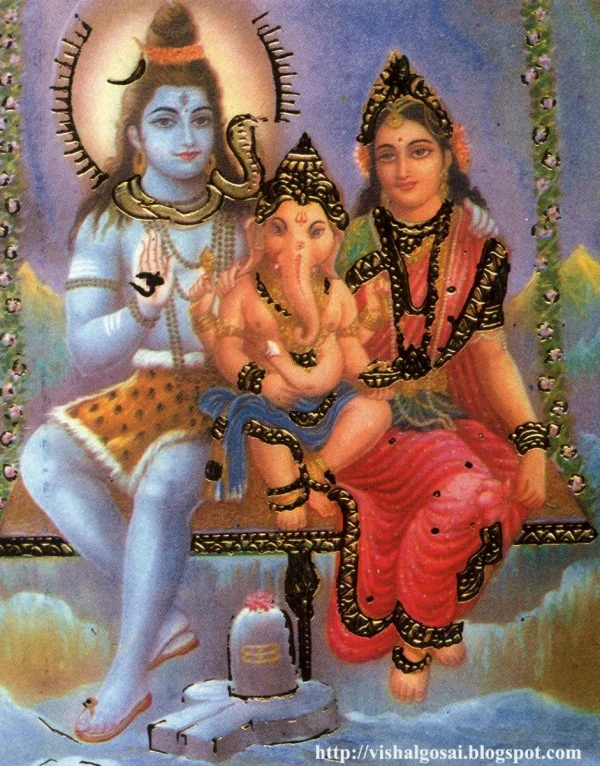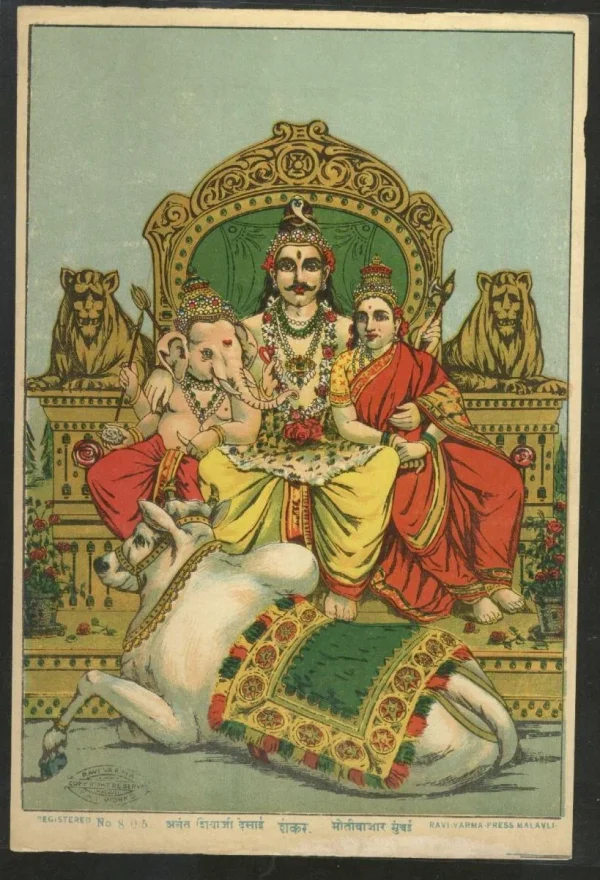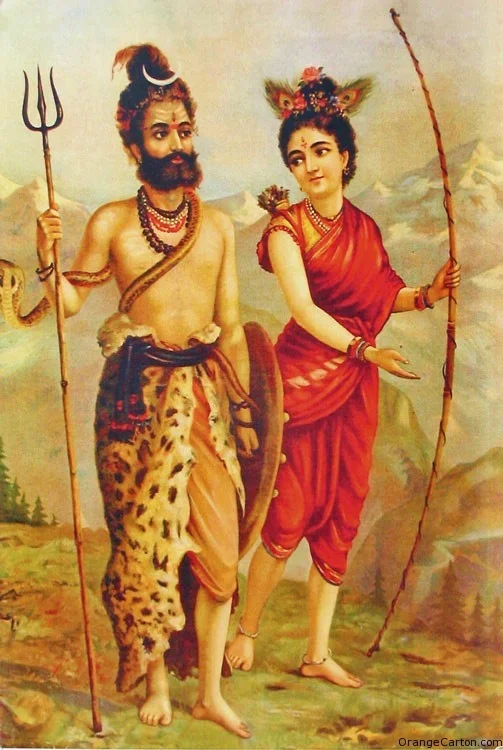This question has always intrigued me.
Who decided that our gods should like how we see them today? Did an individual or a group of people sit down and figured that Hanuman should like what we see now? Ganesha should be like this, Murugan should be like this etc...
Any insight would be welcome.
/* topic purely for knowledge purpose and for no other motive */
Sunitaji,
In hinduism we have had two distinct phases. The first one was when people (belonging to the three higher castes only) worshipped the sacred fire and through that sacred fire made offerings such as cooked rice/grains, meat, ghee, the famous "soma" drink, etc., to the many devas who constituted their (the completely vedic people, that is) pantheon. The veda contains some descriptions of each of these deities but in almost all cases such details are only about the outstanding qualities/characteristics of the deva concerned. No idol worship was done in those days and the Yajurveda 32-3 contains a mantra, न तस्य प्रतिमा अस्ति यस्य नाम महाद्यश: (na tasya pratimā asti yasya nāma mahādyaśa

meaning "there is no idol (likeness) of THAT whose name is infinite glory/fame". The same mantra (sentence) appears in the Svetasvataropanishad (aasociated with Yajurveda) also.
At a later date when vedic scholars met to determine the correct pronunciation and meaning, import, etc., of the vedas during the Vijayanagar empire, this sentence was, reportedly, sought to be explained away by many of those scholars as
नतस्य प्रतिमा अस्ति यस्य नाम महाद्यश: (natasya pratimā asti yasya nāma mahādyaśa

changing na tasya into natasya which means 'one who bows his head down' and giving very convoluting explanations in order not to go against idol worship which had, by then, become the sine qua non of hinduism. However, our ancient people had devised an elaborate system to iddentify and correct such mistakes creeping in into vedic chanting and by making use of that system (known as "vikruti") the council could assess the correct rendering to be na tasya and not natasya. Even so, nothing could be done to direct hindu religion to forsake idol worship.
When we say "idol worship" it includes worship of not only idols (made of stone, wood, etc.) but also any kind of worship of 'god with a form'. From the vedic period which was free from idol worship, how we, as a people, moved on to so complete idol worship is mired in mystery and scholars give many views for this phenomenon. What appears to me most plausible is that those vedic people had increase in their population and so they were compelled to spread in their search for more and more farmlands; when they so branched out, they came in contact with castes/tribes/groups which possibly worshipped animals like the elephant, wild boar, lion, monkey, tortoise, fish and so on and so forth, and it became a matter of necessity to adopt and adapt the vedic people's belief system to include all these caste-/tribal-/group- beliefs. Accordingly they (the vedic followers) wrote down different "puranas" and incorporated many divinities through this device, and this gave a great fillip to idol-worship in hinduism which was further promoted by different rulers at different times of history as their favourite god/religion. In all cases, there was an anthropomorphic side and we never borrowed any practice of worshipping an animal in its entire animal form; hence we have so many "gods" with different animal faces.
As regards number of hands/shoulders and faces, many of our gods have more than one. But today's science tells that two hands and one face is the most viable; all the rest are mere poetic exaggerations and all those gods will not be able to move even an inch since they have to balance their whole crude upper torso on their two legs only. The enigma is "why could not our ancient rishis bestow the gods with more than one pair of legs also?"!



